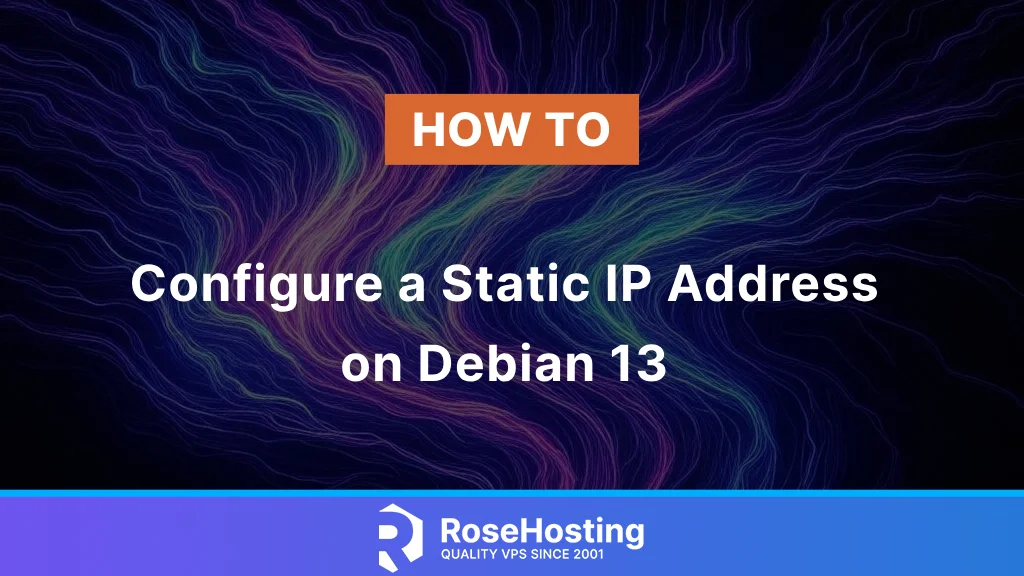
In this tutorial, we will cover improving database performance on a Linux VPS. Under the database, performance refers to how efficiently a database system can handle queries, data retrieval, and transactions. These are all essential components of a website running on a Linux server. You can enhance database performance by optimizing queries, applying indexing, using caching, and tuning the database. In addition to adjusting web server configuration, utilizing a CDN, upgrading server resources, and updating server packages. Database performance can sometimes impact the website’s content and the web application’s code.
In the following paragraphs, we will provide a brief overview of database systems. We will explore ways to optimize them and clarify why database performance matters.






